Throughout history soldiers have had various methods of transporting their equipment, weapons and ammunition to the battlefield. This was no different for the British Army who for many years used leather belts for this purpose until 1907 when cotton webbing was adpoted. This modular system allowed for the webbing as it was now known to be adapted to the needs of the individual role of each soldier.
For airborne forces the predominant issue of webbing from 1940 to the late 1950s was the 1937 Pattern Web Equipment Set. This webbing took into account the more vehicle based and mobile nature of modern conflict after the static warfare of 1914-1918. It also allowed for magazines of ammunition for weapons such as the STEN and BREN to be carried securely.
Issued in plain khaki woven webbed material, it was initially very stiff and required the addition of "Blanco" paste to both camouflage, waterproof, clean and make the stiff material more malleable. All fixtures, buttons and buckles were made of brass and, despite the protestations of RSMs, was to remain unpolished to aid camouflage in the field.
The basic set consisted of:
1 x Waist belt
2 x Basic Pouches (for carrying ammunition)
1 x Bayonet Frog
2 x Braces (left and right)
2 x Haversack shoulder straps
1 x Haversack
1 x Large Pack
2 x Large Pack straps
Water bottle carrier (either skeleton design or sleeve design)
In addition there were utility pouches, entrenching tools and covers, cartridge pouches and also specific equipment for officers including Binocular Case, Compass Case, Officers Haversack and Holster.
As the war progressed various deficiencies were identified with 37 Pattern webbing, particularly in the Far East and in 1943 a team, known as the "Lethbridge Mission" was sent to that area and identified where improvements could be made. This research combined with research back in the UK lead to the development of a lighter, better balanced and pre dyed green and rot proofed set known as 1944 Pattern Web Equipment.
Predominantly designed for issue initially in the Far East, airborne forces were issued with 44 Pattern webbing in 1945 in anticipation of the invasion of Japan. In the event, however, airborne forces were not required in that theatre in large numbers, but the new webbing had been issued and remained in use, throughout operations in Norway and later Malaya and Indonesia.
44 Pattern webbing retained many of the same items of equipment such as pouches, and braces albeit in new material and lighter design, but also introduced new water bottles and cups (based on an American design) and new methods of attachment utilising metal grommets and hanger hooks on each item of equipment.
Post war, 37 Pattern webbing remained on army wide distribution, with the 44 Pattern equipment restricted to operations in the Far East and also limited use with airborne forces in Great Britain and Northern Ireland.
The next major change came with the introduction of 58 Pattern Webbing Equipment from the end of the 1950s. This was to be a the new “General Service” to replace both 37 and 44 Pattern equipment. Produced from green dyed material, in a colour darker than that previously used, had steel fittings and was designed with strength and load carrying capability in mind.
The 58 Pattern also moved the majority of equipment carried to the rear of the soldier’s torso, to allow more comfort and accessibility to equipment when in the prone position. The biggest change came with the addition of 2 “Kidney Pouches” carrying rations, personal kit etc which largely dispensed with the need for a small pack, and freed the wearer to carry a larger Bergen rucksack with additional equipment therein.
58 Pattern equipment continued to be worn until replaced in 1990 by the Personal Load Carrying Equipment system (‘PLCE’). PLCE consisted of the familiar a belt, yoke and a number of pouches in addition to a range of load carrying equipment and rucksacks.
Made from a infra red reduction coated durable cordura nylon, it was originally issued in plain olive green but by the mid 1990s had been replaced by equipment in the standard British Army Disruptive Pattern Material (DPM). Like its predecessors the purpose of PLCE was to hold everything a soldier needed for 48 hours. This included ammunition, entrenching tool, bayonet, food and water, cooker, NBC (Nuclear, Biological, Chemical) protection and communications equipment.
As with all equipment issued, members of airborne forces would often tailor the webbing for their own use, with foreign pouches, quick release buckle and even improvised camouflage.
A Tactical Vest was also introduced which consisted of a wait coat type vest with PLCE type pouches attached.
For operations on the later Op Herrick Afghanistan tours issued Osprey Assault body armour was issued. This contained a looped system to allow various pouches to be attached to the armour itself, thereby reducing the need to wear webbing.
In early 2016 the new VIRTUS load carrying equipment was introduced incorporating a chassis/padded hip belt with MOLLE fittings and a variety of daysacks and large 90L bergen, all in MTP camouflage material.
Source:
Airborne Assault Archives
Read More
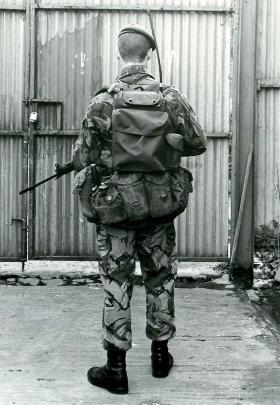
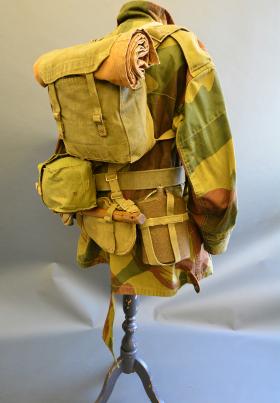
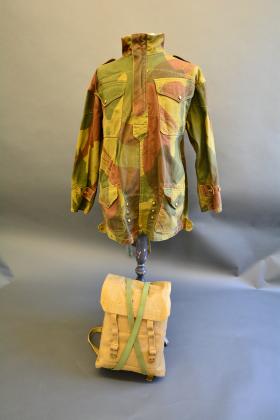
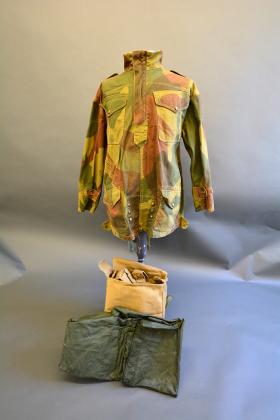
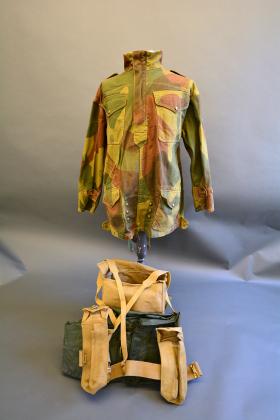
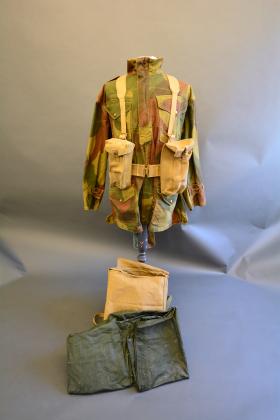
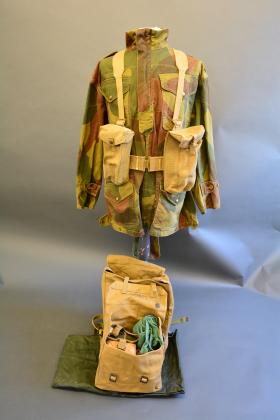
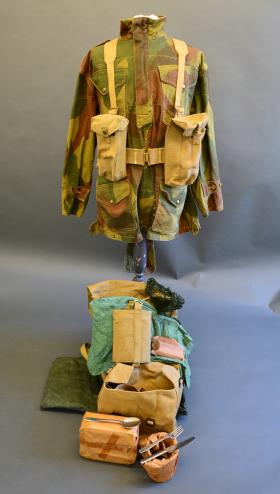
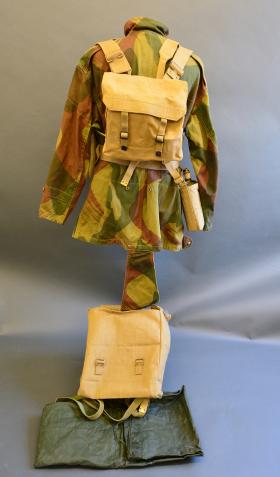
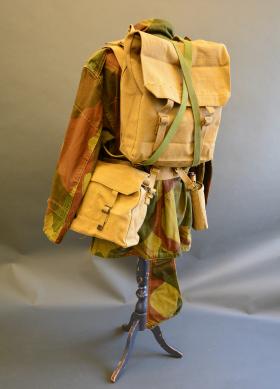
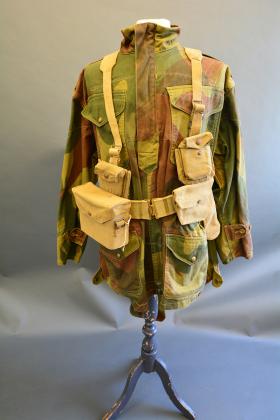
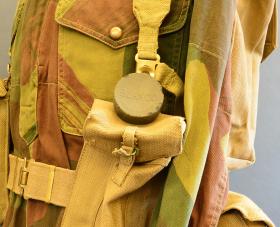
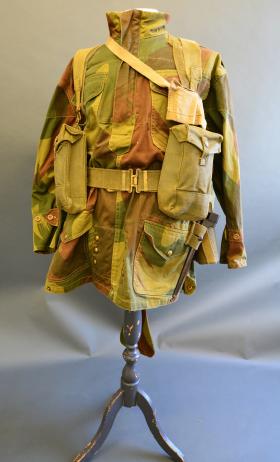
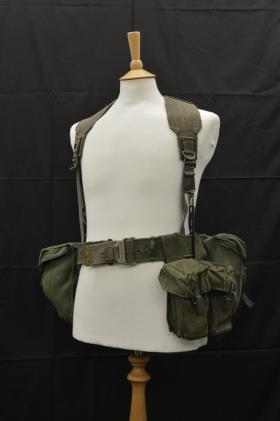
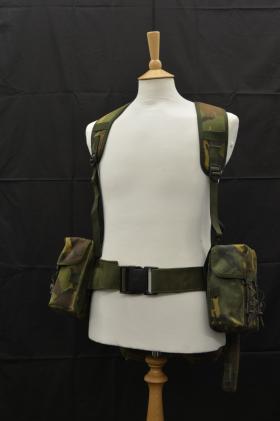
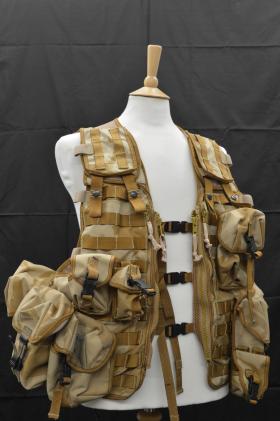
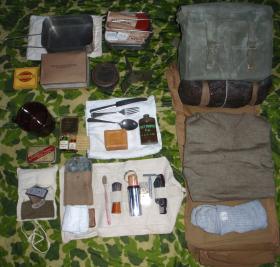
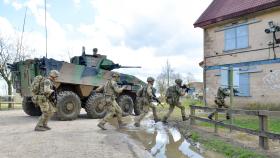
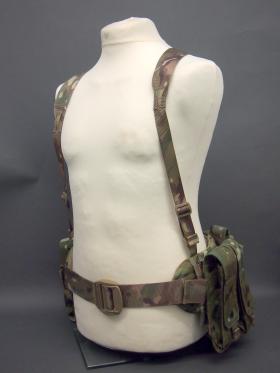




Latest Comments
There are currently no comments for this content.
Add Comment
In order to add comments you must be registered with ParaData.
If you are currently a ParaData member please login.
If you are not currently a ParaData member but wish to get involved please register.